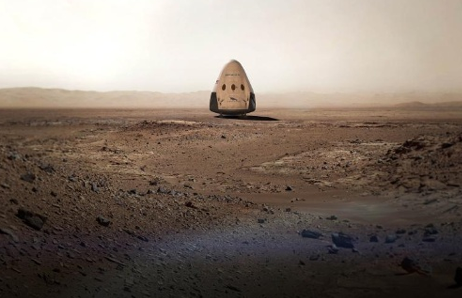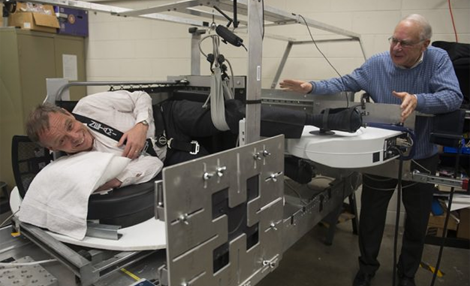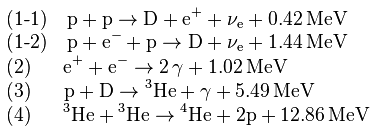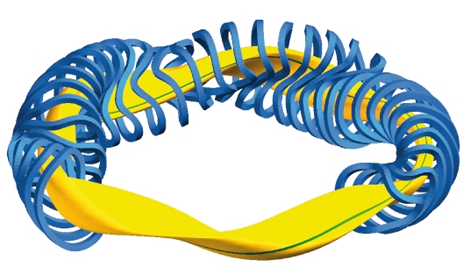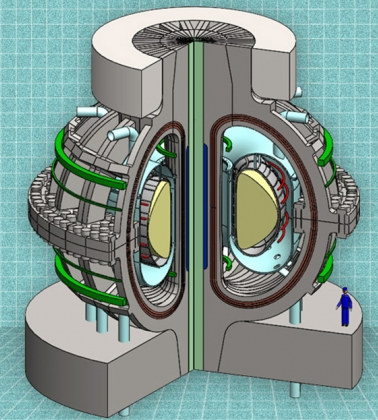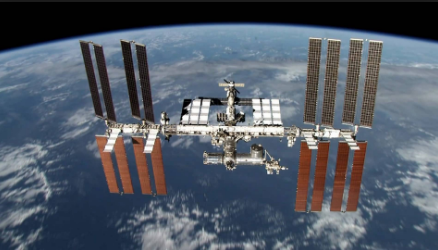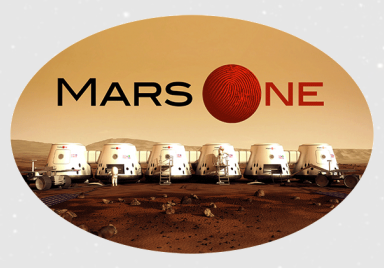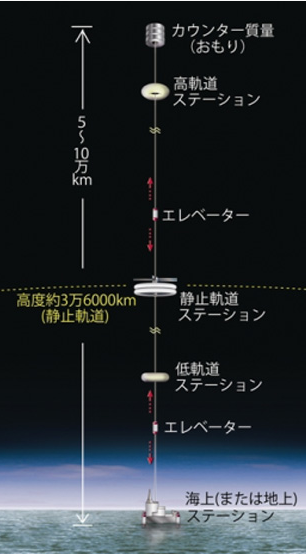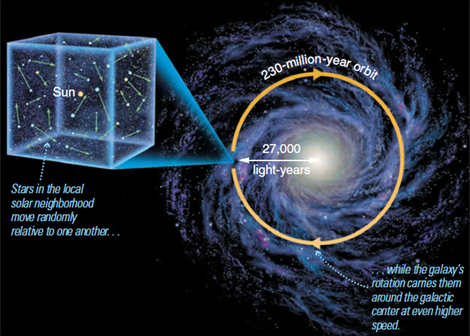68 The Cost of Space Travel #SpaceTravel
○Cargo [1]・・・< >:Success rate(%)
・Falcon(SpaceX/USA) 1.6 billion$/t<79.2>
・Proton(ILS/RUS) 1.7 billion$/t<88.2>
・H2B(Mitsubishi Heavy Industries/JPN) 1.8 billion$/t<100> [2]
・H2A(Mitsubishi Heavy Industries/JPN) 2.1 billion$/t<96.7> [3]
・Ariane( Arianespace/EU) 2.1 billion$/t<95.2>
○Passenger
・Round trip of astronauts to the ISS by Soyuz 70.7million$(2013) [4]
・The cost of current space travel(4 minutes) 18 million$ [5]
【References】
1. Yomiuri Shimbun November 25, 2015
2. H-IIB - Wikipedia
3. H-IIAロケット - Wikipedia
4. 日経ビジネス online-Shinya Mtsuura
5. Stuart Clark” Virgin Galactic tests new spaceplane”at theguardian.com 20161208
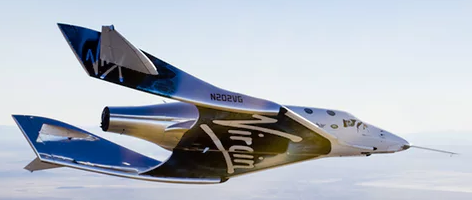
https://www.theguardian.com/science/2016/dec/08/virgin-galactic-tests-new-spaceplane-spacewatch
○Cargo [1]・・・< >:Success rate(%)
・Falcon(SpaceX/USA) 1.6 billion$/t<79.2>
・Proton(ILS/RUS) 1.7 billion$/t<88.2>
・H2B(Mitsubishi Heavy Industries/JPN) 1.8 billion$/t<100> [2]
・H2A(Mitsubishi Heavy Industries/JPN) 2.1 billion$/t<96.7> [3]
・Ariane( Arianespace/EU) 2.1 billion$/t<95.2>
○Passenger
・Round trip of astronauts to the ISS by Soyuz 70.7million$(2013) [4]
・The cost of current space travel(4 minutes) 18 million$ [5]
【References】
1. Yomiuri Shimbun November 25, 2015
2. H-IIB - Wikipedia
3. H-IIAロケット - Wikipedia
4. 日経ビジネス online-Shinya Mtsuura
5. Stuart Clark” Virgin Galactic tests new spaceplane”at theguardian.com 20161208

https://www.theguardian.com/science/2016/dec/08/virgin-galactic-tests-new-spaceplane-spacewatch



